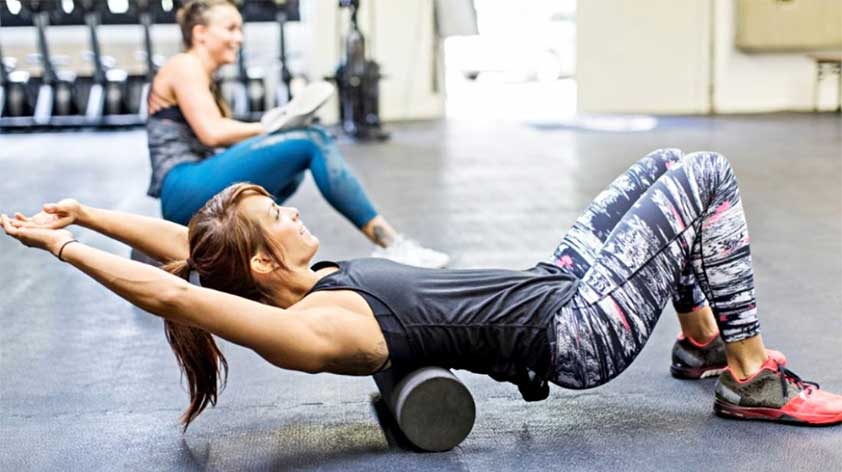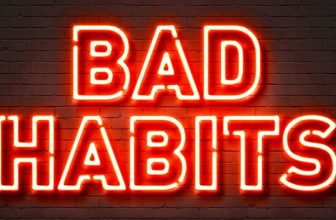
Tried foam rolling? If you’ve ever experienced muscle tightness or discomfort after a workout or a long day, you’ll know how important it is to find effective ways to release muscle tension. Enter the foam roller – a versatile and affordable tool that can work wonders in relieving muscle knots, improving flexibility, and enhancing your overall well-being.
In this guide, we’ll walk you through the steps of using a foam roller to release muscle tension and explore different aspects of foam rolling.
Understanding Muscle Tension
Muscle tension, often caused by stress, overuse, or improper posture, can lead to discomfort, reduced range of motion, and even injury.
Rolling, also known as self-myofascial release, is a technique that involves using a foam roller to apply pressure to specific areas of your muscles, helping to release tension, improve blood circulation, and enhance muscle recovery.
Getting Started: Foam Rolling Basics
-
Choose the Right Foam Roller: There are various types of foam rollers available, including smooth, textured, and spiked options. The best foam roller for you depends on your preferences and needs. Explore your options and find the perfect fit by checking out this guide: Best Foam Roller on Amazon.
-
Find Your Target Muscle: Identify the muscle group you want to target. Common areas include the calves, quads, hamstrings, IT band, glutes, and upper back.
-
Roll Slowly and Mindfully: Place the roller under the chosen muscle group and gently roll back and forth. Use slow and controlled movements, pausing on any tender spots or knots you encounter.
Specific Foam Rolling Techniques
-
Calves: Sit on the floor with your legs extended and the foam roller under your calves. Roll from just above the ankle to below the knee, focusing on any tight areas.
-
Quads and IT Band: Lie face down with the foam roller under your thighs. Roll from the top of the knee to the hip, targeting the quads. To address the IT band, roll from the hip to just above the knee while lying on your side.
-
Glutes: Sit on the foam roller with one ankle crossed over the opposite knee. Shift your weight to one side and roll over the glutes, focusing on any areas of tension.
-
Upper Back and Shoulders: Lie on your back with the foam roller under your upper back. Cross your arms over your chest or place your hands behind your head for support. Roll from the middle to the upper back, targeting knots and tightness.
Foam Roller Variations and Tips
-
Foam Roller vs Yoga Wheel: If you’re curious about other self-massage tools, learn about the differences between foam rollers and yoga wheels from this insightful resource: Foam Roller vs Yoga Wheel.
-
Regular Foam Roller vs Spiked Foam Roller: Discover the benefits of regular foam rollers versus spiked versions and choose the right one for your needs with this informative guide: Foam Roller Regular vs Spiked.
Incorporating Foam Rolling Into Your Routine
Rolling is a versatile practice that can be incorporated into your daily routine or as part of your warm-up or cooldown. Aim to spend a few minutes on each muscle group, focusing on areas of tension. Remember to breathe deeply and listen to your own body’s signals.
Conclusion
Releasing muscle tension with a foam roller is a simple yet effective way to enhance your physical well-being and promote muscle recovery. By following the basics of rolling and exploring different techniques, you can enjoy increased flexibility, reduced muscle tightness, and an overall sense of relaxation.
As you embark on your foam rolling journey, don’t forget to explore the various types of foam rollers available and discover their unique benefits.
For more guidance and insights, be sure to check out these valuable resources: Best Foam Roller on Amazon, Foam Roller vs Yoga Wheel, and Foam Roller Regular vs Spiked.
Release tension, improve your mobility, and take proactive steps toward a healthier, more relaxed you!









